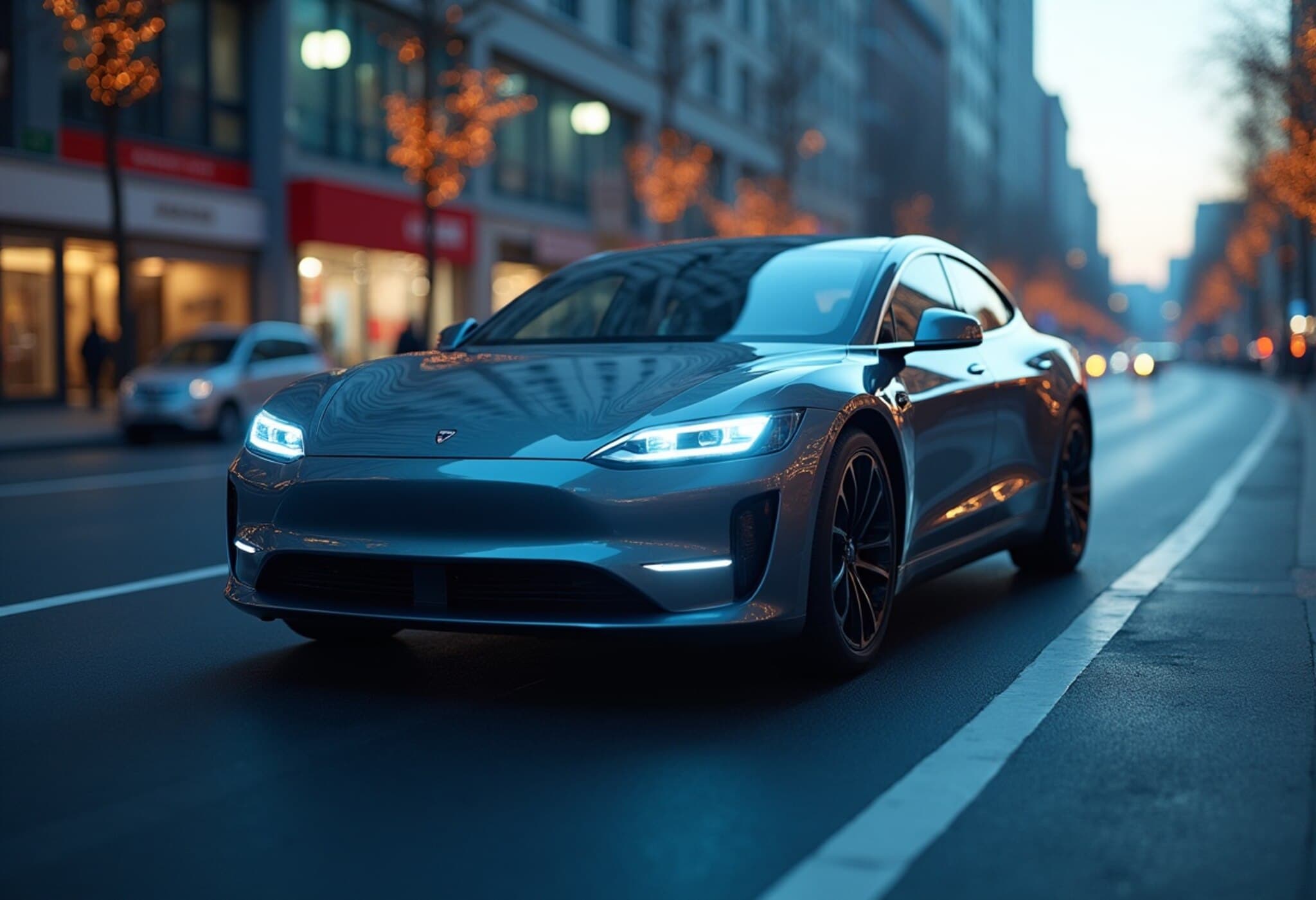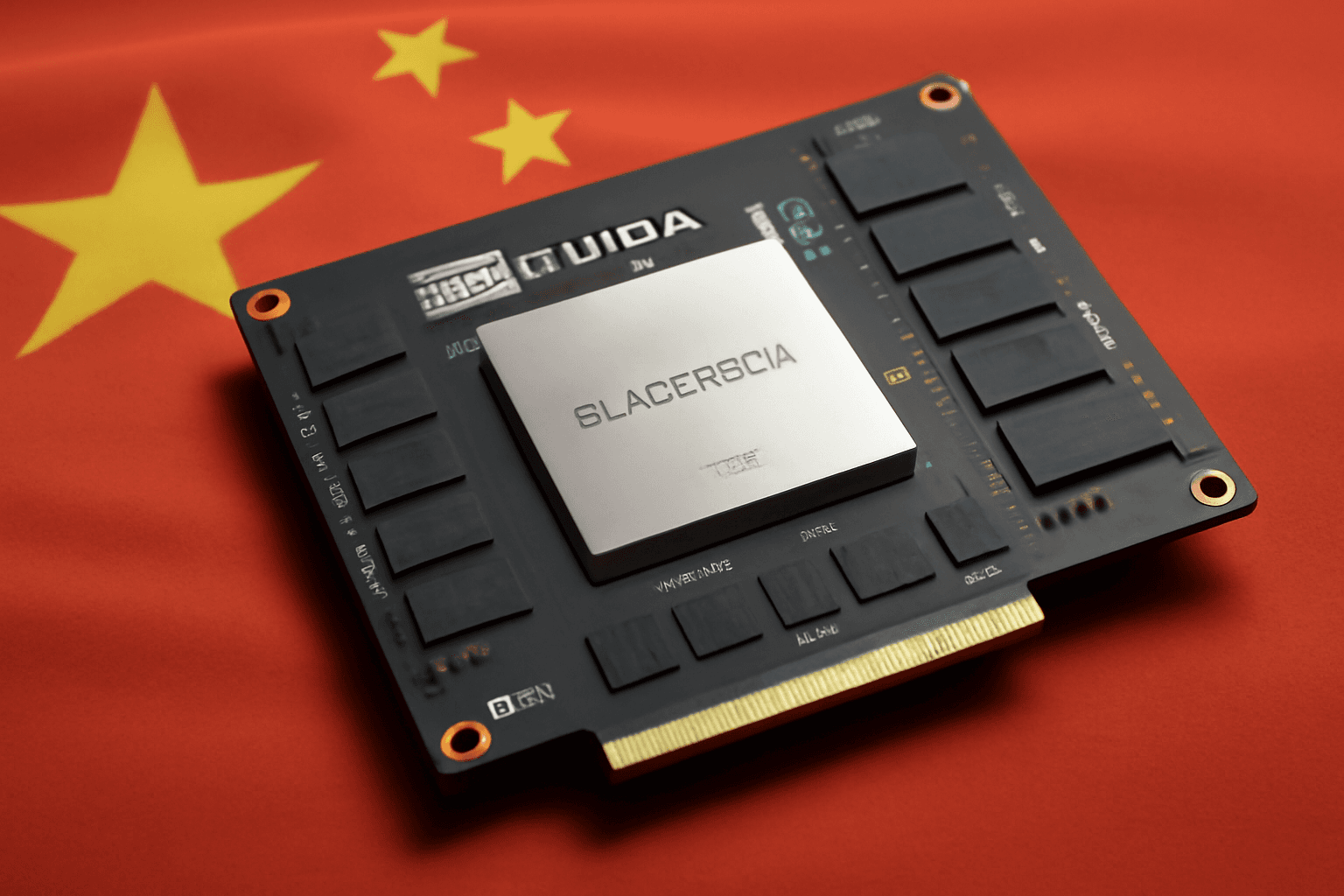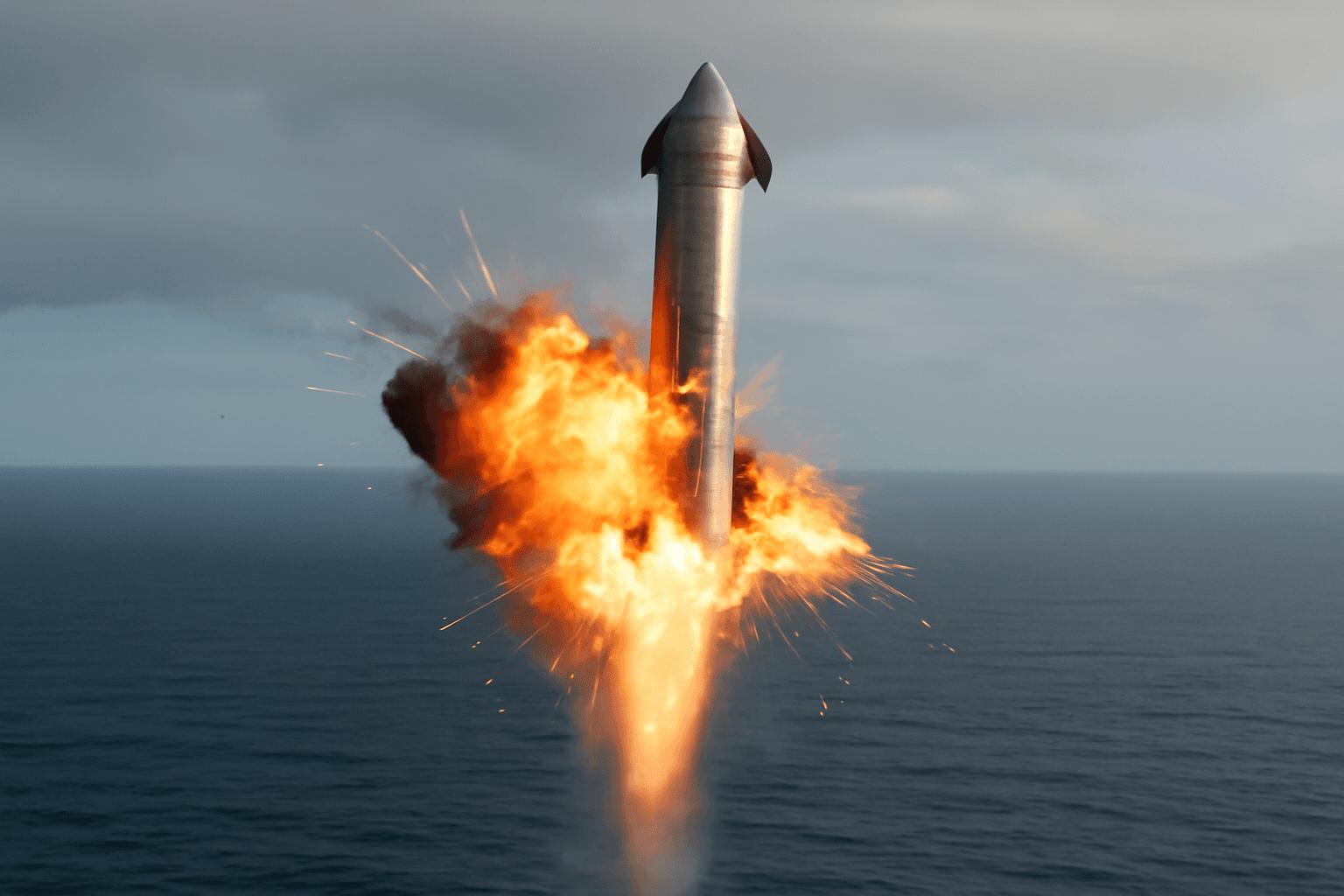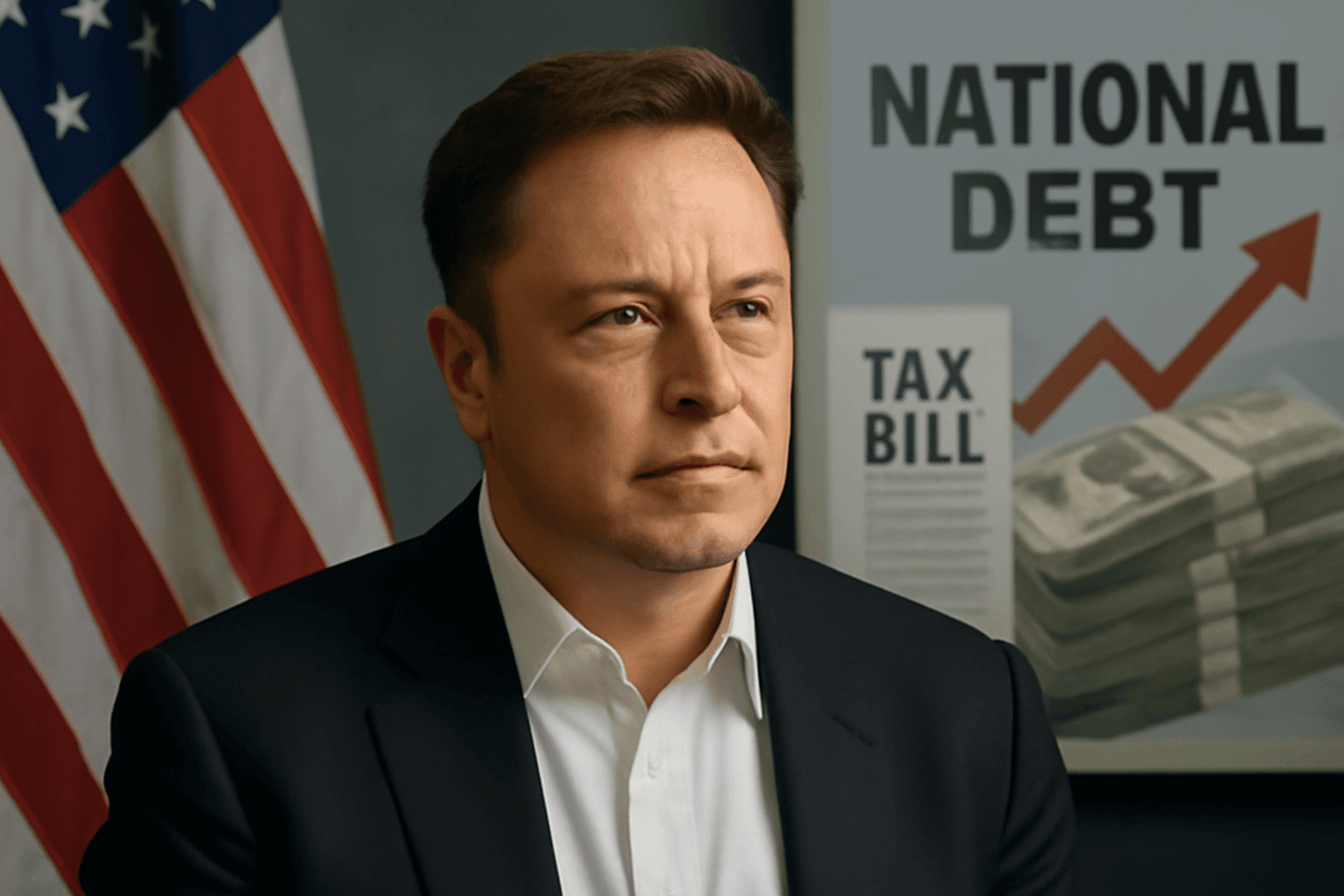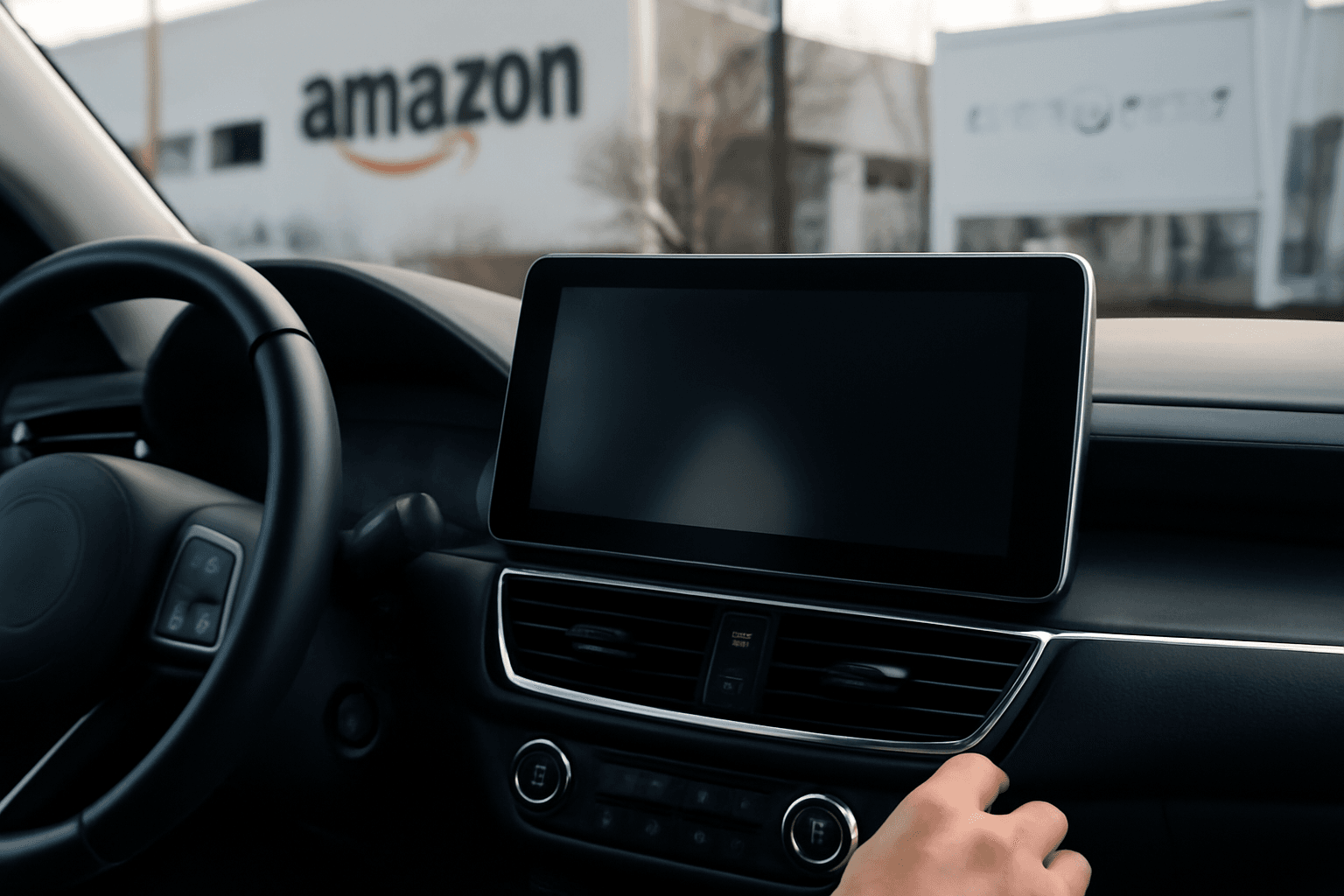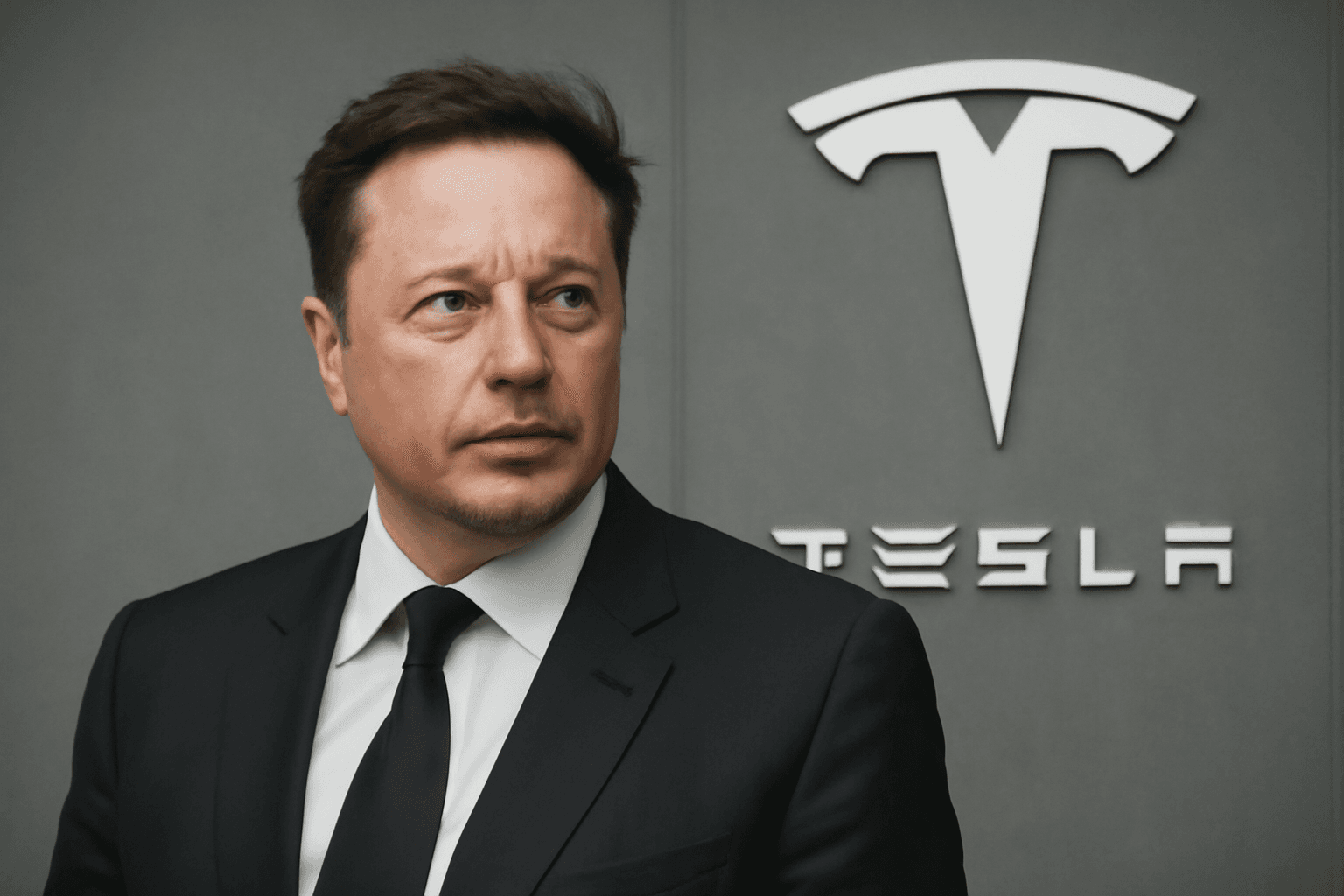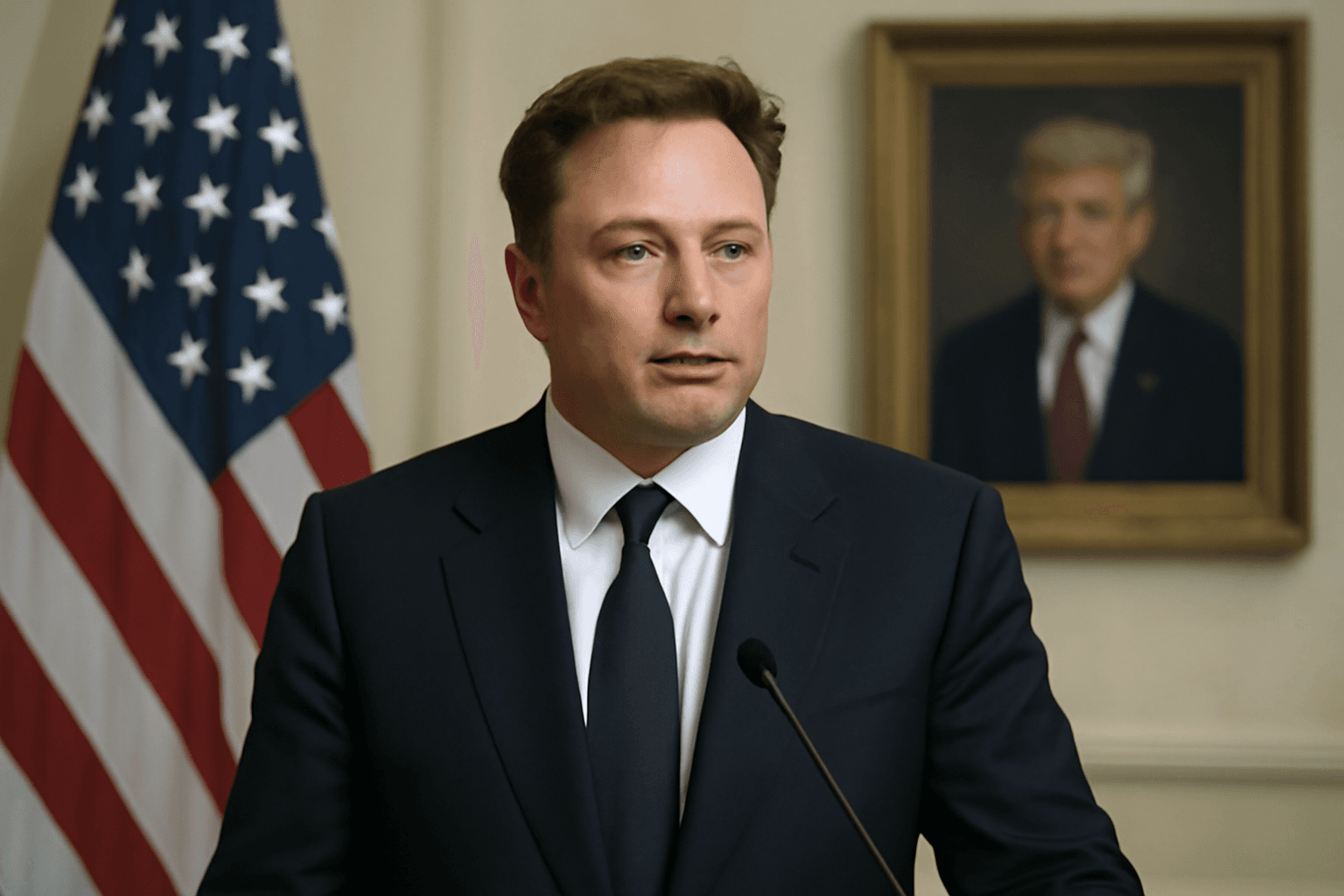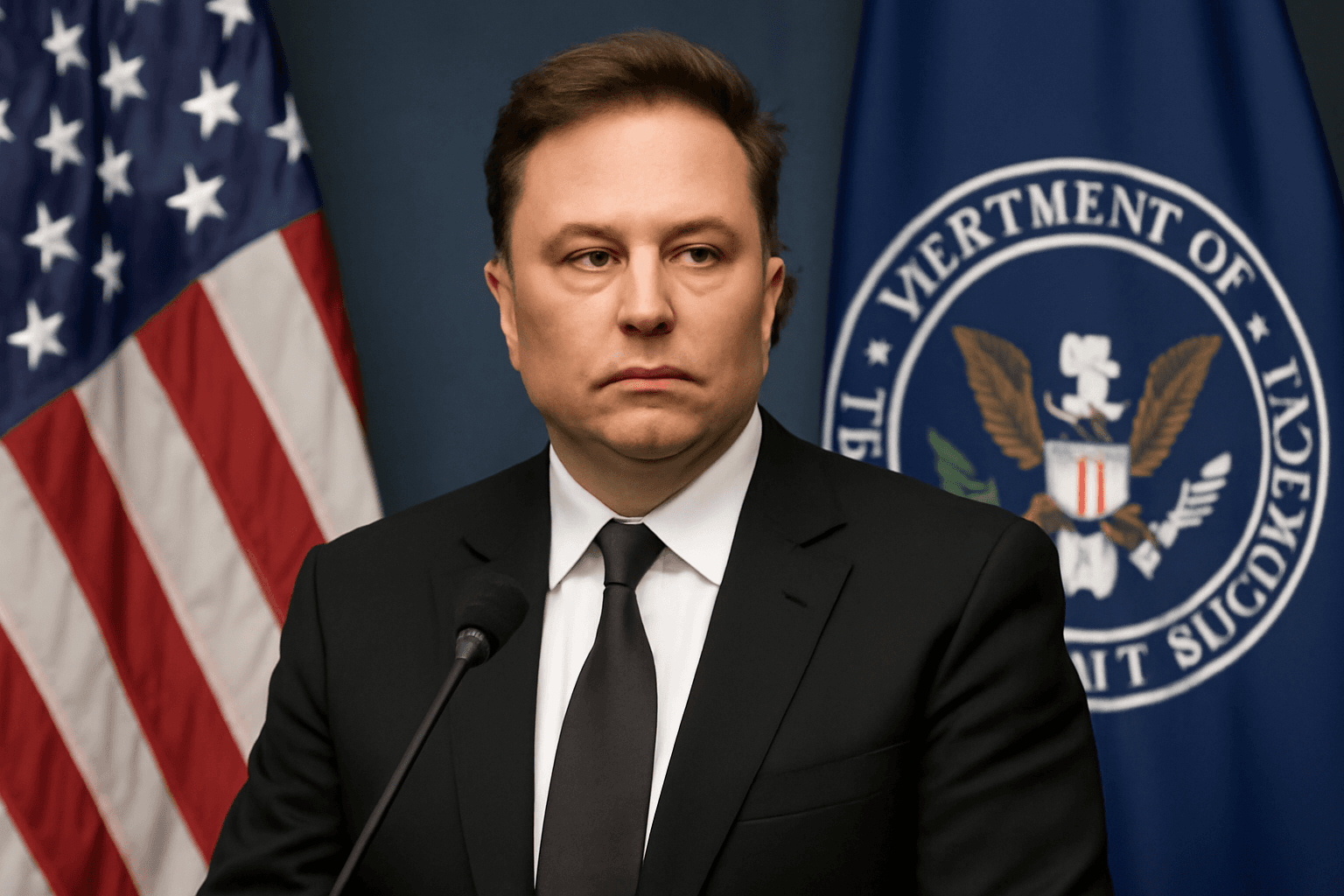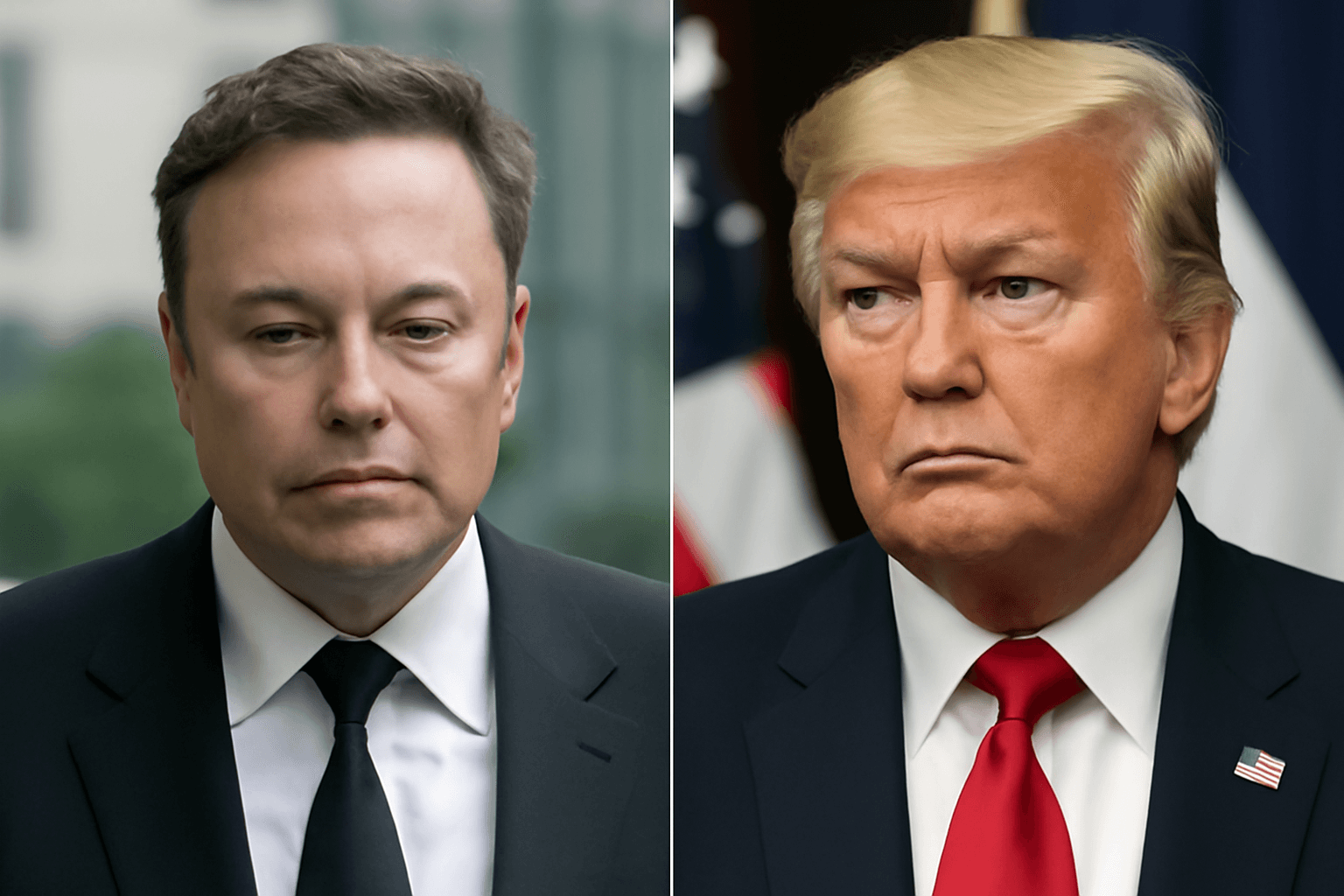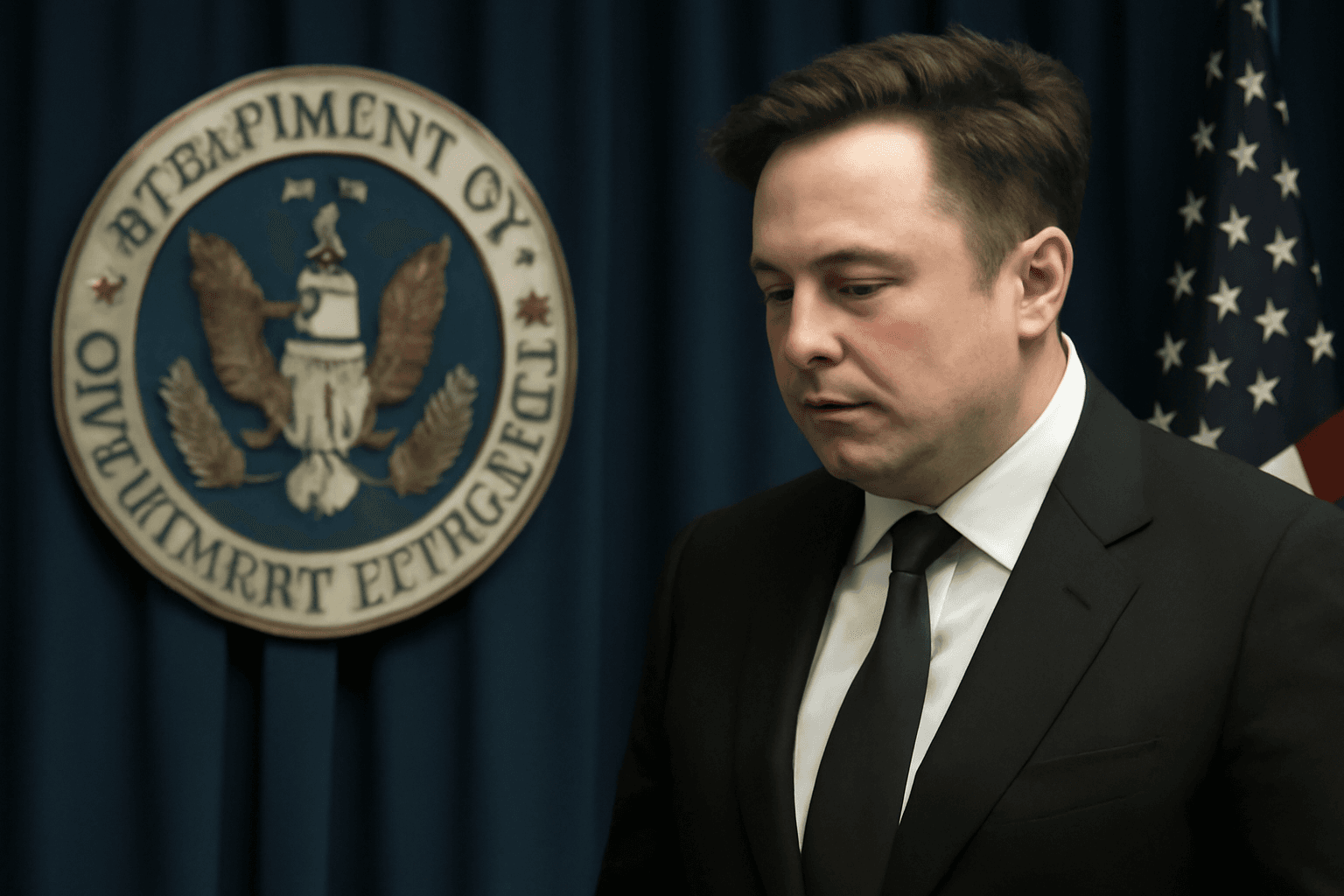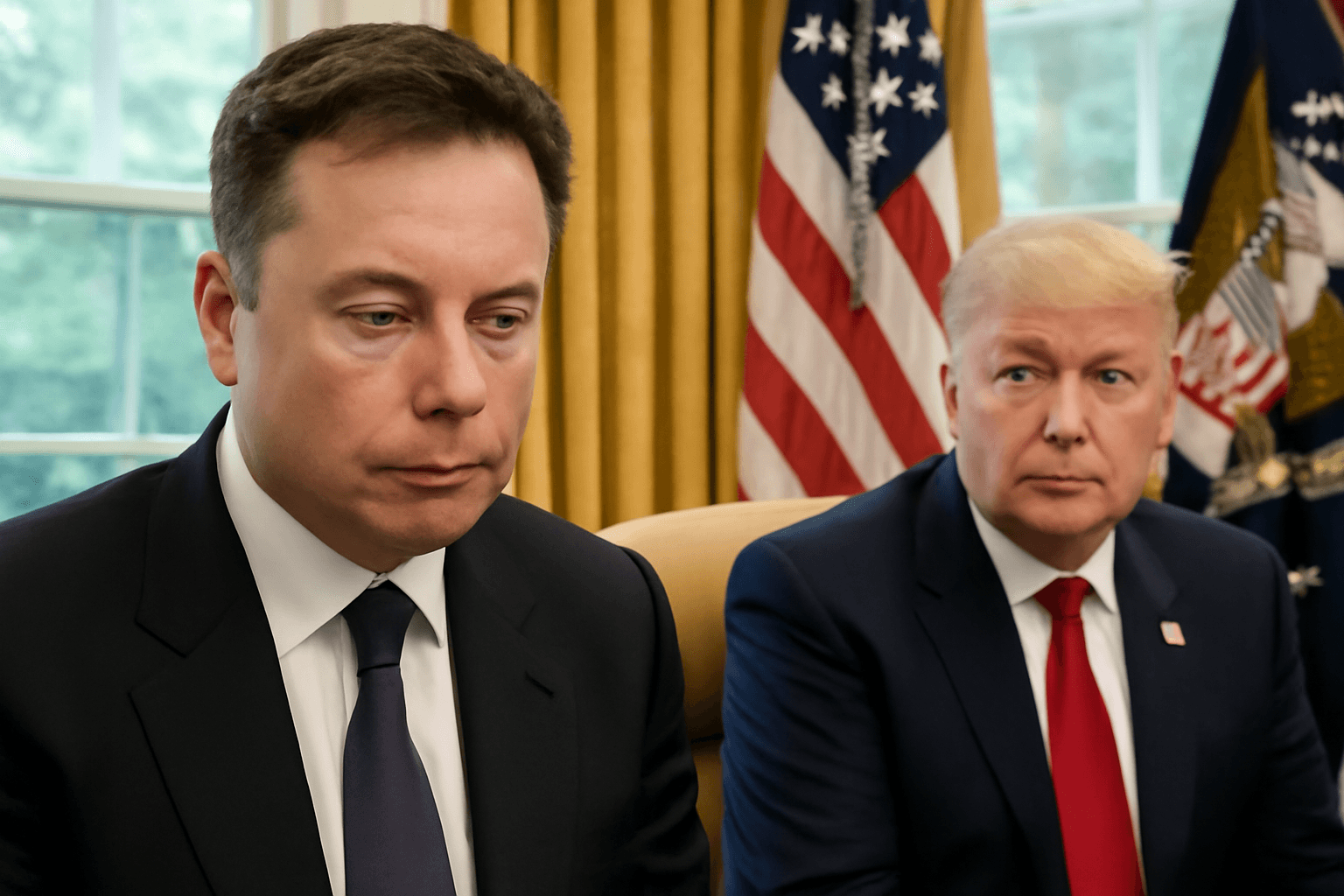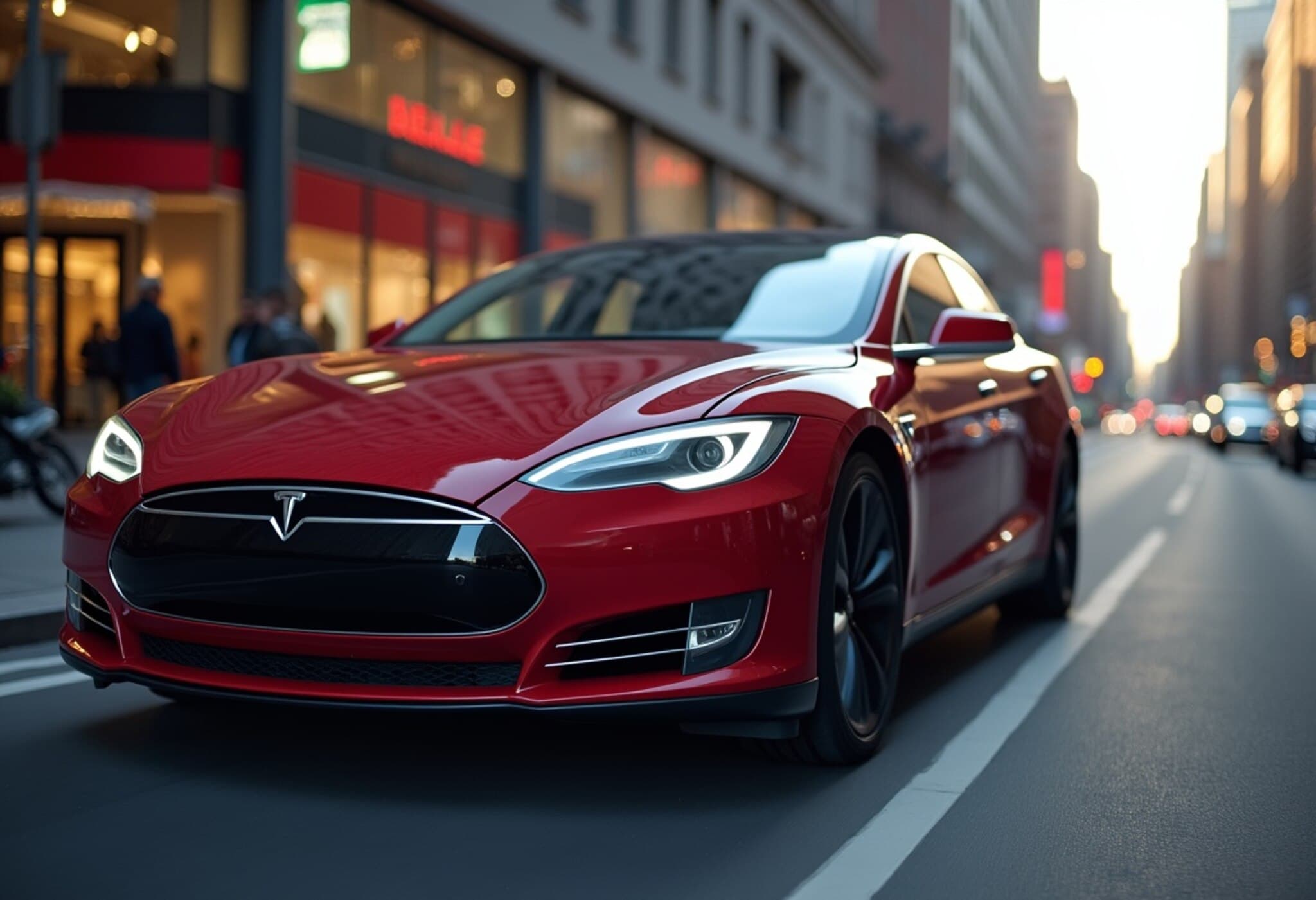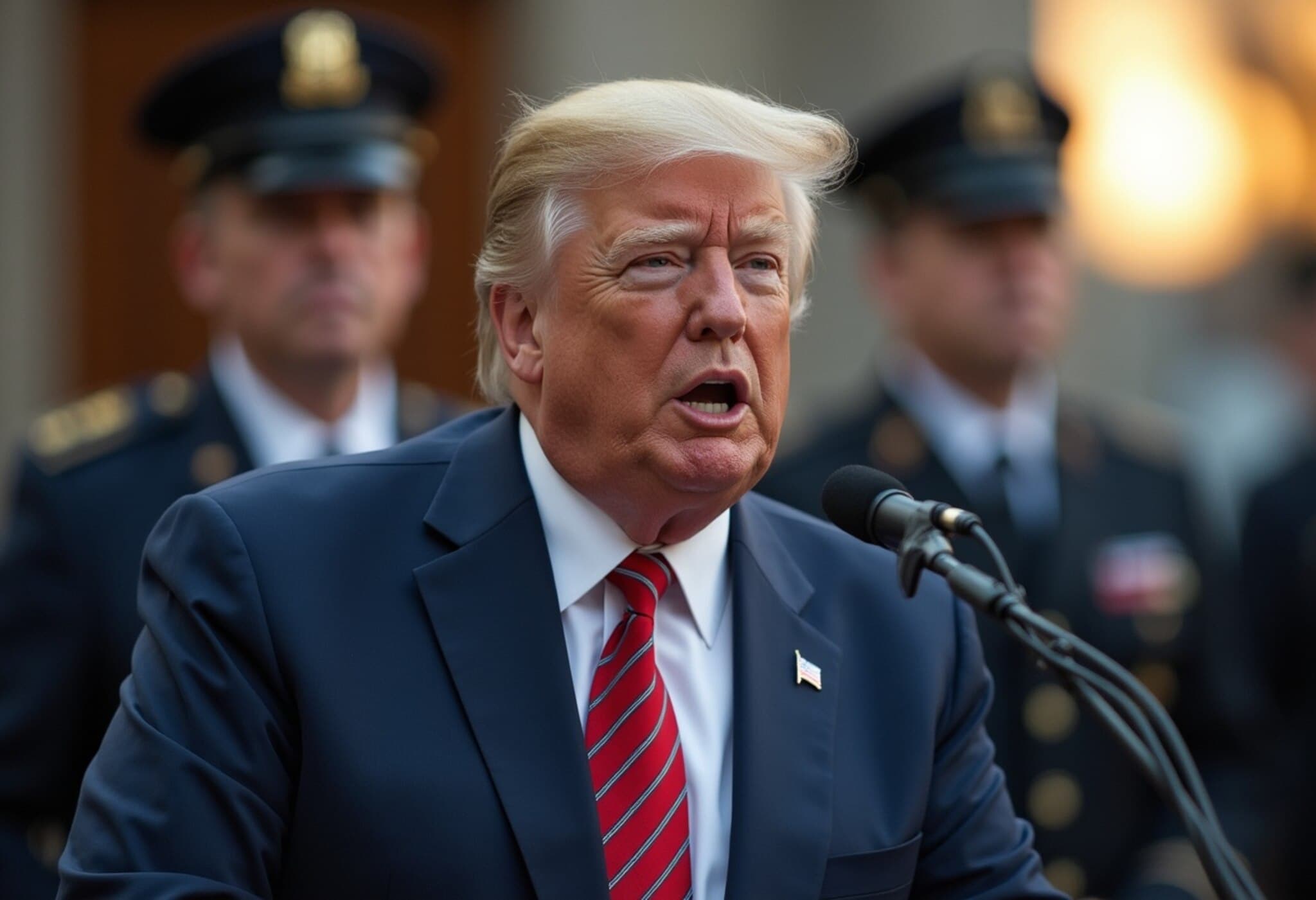CATL: More Than Just Tesla’s Battery Supplier
Contemporary Amperex Technology Co. Limited (CATL), widely known as a key battery supplier to Tesla and other electric vehicle manufacturers, is rapidly evolving beyond traditional hardware manufacturing. Industry experts, including Morgan Stanley analysts led by Jack Lu, emphasize that CATL is transforming into a comprehensive software ecosystem provider, leveraging cutting-edge artificial intelligence tools to monitor battery performance and enhance safety.
Innovating with AI to Boost Safety and Efficiency
CATL’s AI-powered battery monitoring systems are designed to provide real-time insights and early safety warnings, which can be crucial for preventing malfunctions and improving vehicle reliability. Morgan Stanley analysts suggest that as artificial intelligence technology advances, CATL’s ecosystem will grow richer, offering a suite of value-added software services that strengthen customer trust and regulatory compliance. Such innovations could position CATL not just as a battery manufacturer, but as a critical player in the software-driven future of energy management.
Market Confidence Reflected in Share Prices
The optimism around CATL’s evolving business model has led Morgan Stanley to raise its price target on CATL’s Hong Kong-listed shares to 445 HKD (approximately $56.69), marking a 14% increase from its previous estimate and nearly 18% above recent closing levels. This reflects both the company’s strong fundamentals and its successful Hong Kong IPO in May 2025—the largest globally this year. Interestingly, CATL’s shares on mainland Chinese markets continue to trade at a discount compared to their Hong Kong counterparts, highlighting divergent investor sentiments.
Strategic Licensing Deals with Ford Signal New Revenue Streams
One of the most significant developments is CATL’s licensing agreement with U.S. automaker Ford. Set to open a battery factory via this partnership, Ford’s BlueOval Battery Park in Michigan is on track to begin production of lithium iron phosphate batteries in 2026. While early concerns surfaced regarding potential impacts on U.S. manufacturing tax credits due to the involvement of a Chinese company, Ford recently confirmed eligibility for such credits, easing regulatory uncertainties.
Market analysts at Macquarie regard this progress as a key positive milestone, potentially unlocking up to 1.3 billion yuan ($181 million) in annual licensing fees by 2027, assuming BlueOval operates near capacity. Despite near-term profit recognition delays, this represents a promising diversification of CATL’s income beyond direct sales.
Geopolitical Shadows: Navigating U.S.-China Tensions
CATL is not without challenges. Earlier this year, the Pentagon designated CATL on a restricted 'Chinese military' list, barring the Department of Defense from procurement after 2026. CATL has strongly denied military engagement, calling the designation "a mistake." While Macquarie analysts acknowledge the geopolitical risks are largely priced into CATL’s valuation, ongoing U.S.-China tensions add layers of uncertainty, especially as supply chains and technology sectors remain hot-button issues in bilateral relations.
Ambitious Expansion into Europe and Southeast Asia
Committed to international growth, CATL has earmarked 90% of its IPO proceeds to fuel expansion in Europe, notably to finalize a new factory in Hungary. This aligns with broader EU goals to develop resilient supply chains in clean energy technologies.
Simultaneously, CATL is advancing a massive $6 billion project in Indonesia, targeting nickel mining, battery production, and recycling—a strategic move to secure critical raw materials and closed-loop sustainability. These efforts underpin CATL’s long-term vision of becoming a global energy storage and technology powerhouse.
New Partnerships and Product Innovations
Beyond Tesla and Ford, CATL’s footprint is growing in diverse vehicle segments. For instance, Xiaomi’s upcoming YU7 SUV will incorporate CATL batteries, promising to bolster the company’s market share in China’s competitive EV space.
Moreover, Zeekr, an electric vehicle brand backed by Geely, recently debuted a hybrid driving system featuring CATL’s “Freevoy Super Hybrid Battery.” This innovation supports the 9X SUV, boasting a 380-kilometer electric range and slated for market release in China later this year. CATL is also exploring battery swapping and hybrid-specific packs, showcasing commitment to versatile energy solutions.
Expert Insights and Market Implications
- Industry Leadership: Bank of America analysts praise CATL’s advanced technology and strategic product roadmap, highlighting sustained cost advantages and high gross margins.
- Policy Impact: The U.S. scrutiny over CATL’s operations underscores the complex intersection of geopolitics and technology innovation in clean energy sectors.
- Regional Significance: CATL’s expansion into Europe and Southeast Asia aligns with global efforts to localize supply chains for electric vehicle batteries, critical for energy security.
- Future Outlook: By moving beyond hardware into AI and software ecosystems, CATL is positioning itself at the forefront of a rapidly evolving industry.
Editor’s Note
CATL’s journey from a battery manufacturer to a multifaceted tech and energy ecosystem provider offers a compelling case study on how innovation, strategic partnerships, and geopolitical navigation shape the future of the global EV industry. As policymakers and investors weigh the benefits and risks of deepening ties with Chinese tech firms, understanding CATL’s evolving role sheds light on larger market dynamics and technological shifts. Key questions remain:
- How will increasing U.S.-China tensions affect CATL’s licensing and market expansion?
- Can AI-driven battery management reshape safety standards industry-wide?
- What role will regional production hubs in Europe and Asia play in global supply chain resilience?
For stakeholders watching the electric vehicle revolution, CATL’s bold moves signal that the battery market is no longer just about cells and chemistry—it’s about intelligence, integration, and innovation.

